In this episode, Teri was interviewed on the Design for Voice podcast by the host Jeremy Wilken. Teri got the opportunity to talk extensively about flash briefings and how to design one.
Enjoy!
Teri is a physician and clinical assistant professor at the University of British Columbia and Vancouver, Canada. He is an experienced keynote speaker, educator, consultant, and podcaster.
Getting into Podcasting and the Voice Space
- His passions are technology and education.
- Was always looking for a way to combine medicine, education, and technology.
- First became aware of voice technology in early 2017 and wanted to learn more about it to see how he could use it in medicine, teaching and helping people to be more productive with their lives.
- He launched the Alexa in Canada website along with the Alexa in Canada Podcast to talk about what’s going on in the technology scene and help people learn more about how they can use voice technology in their lives.
- He started learning about the applications for voice technology in healthcare which led him to start the website and podcast, Voice First Health.
- He’s also interested in entrepreneurship and marketing.
- The idea of having a flash briefing was exciting for him and he started the daily Voice in Canada flash briefing where he gives people tips and the latest news about voice technology.
- The Voice in Canada Flash Briefing is the number one rated flash briefing in Canada.
Flash Briefings and their Importance
- A flash briefing is a term that Amazon has given to a type of audio show that producers can create and typically they are very short. They are also known as Briefcasts.
- The big difference between flash briefings and podcasts is that flash briefings tend to be on a daily basis even though they don’t have to be.
- Statistics show that people tend to listen to their flash briefings in the morning. They often become part of a person’s daily routine and it’s a way for the person creating the flash briefing to develop a more intimate relationship with that person.
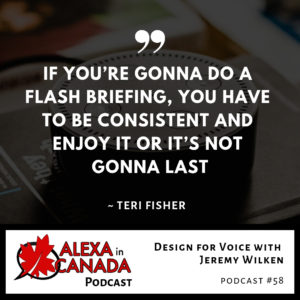
Designing a Flash Briefing
- Flash briefings can be produced for any topic.
- They are great for businesses, nonprofits, and hobbyists.
- There are very few flash briefings currently relative to the number of podcasts and blogs. It’s a huge opportunity.
- The tools needed to start a flash briefing are similar to the ones used in podcasting.
- There are 8 steps to set up a flash briefing. Step 1 is coming up with the core topic. Step 2 is actually sitting down and trying to record an episode to see if you even like this sort of thing.
- Teri uses a Mac, GarageBand (Free Version), Audacity. You don’t need anything more expensive than that.
- Step 3 is choosing an audio host where you will upload your audio files. This will allow you to have an RSS feed. You will take that RSS feed and plug it into your Amazon skills kit where you will be creating the flash briefing skill.
- Teri is not a programmer or coder, but he set up his flash briefing all by himself.
- Step 4 includes beta testing the flash briefing to make sure everything is live then submit it to Amazon for certification.
Building a Good Flash Briefing
- When setting up a flash briefing, one can do recorded audio or text to speech.
- From a branding perspective, text to speech will not have as much impact as audio recorded files. This is because Alexa’s voice gets mixed in with everybody else’s and thus have no identifying factors. When one does audio recording then they can have some type of audio jingle or branding which is important because people will always know what they’re listening to.
- Having some music playing in the background of each flash briefing episode is also a great method of audio branding.
- Good audio branding catches a listener’s attention.
- When creating a flash briefing, one has the option of creating the skills card which works perfectly for multimodal devices like the Echo Show because it displays an icon and title of the flash briefing. One can also choose to put in a URL that people can link to and be directed to a website. That can work very well for marketing a business’ product or service.
- One can get information on listeners and unique users of the flash briefing depending on the audio host.
- You can do your flash briefing weekly, daily or hourly, but Teri recommends daily.
- Consistency is very important because the audience you have starts to rely on you and build a relationship with you.
- When doing a daily flash briefing, it’s easy to get overwhelmed with the amount of content you need to come up with. Having a clear process is extremely useful.
List of resources mentioned in this episode:
Other Useful Resources:
- Alexa in Canada Podcast
- Voice First Health Podcast
- Voice in Canada: The Flash Briefing
- Complete List of Alexa Commands
- Reviews of top Alexa Skills in Canada
- Alexa-Enabled and Controlled Devices in Canada
- Teri Fisher on Twitter
- Alexa in Canada on Twitter
- Alexa in Canada Facebook Page
- Alexa in Canada Community Group on Facebook
- Alexa in Canada on Instagram
- Please leave a review on iTunes
- Shopping on Amazon.com
- The Alexa Conference, presented by VoiceFirst.FM
- use promo code ALEXAINCANADA for 20% off

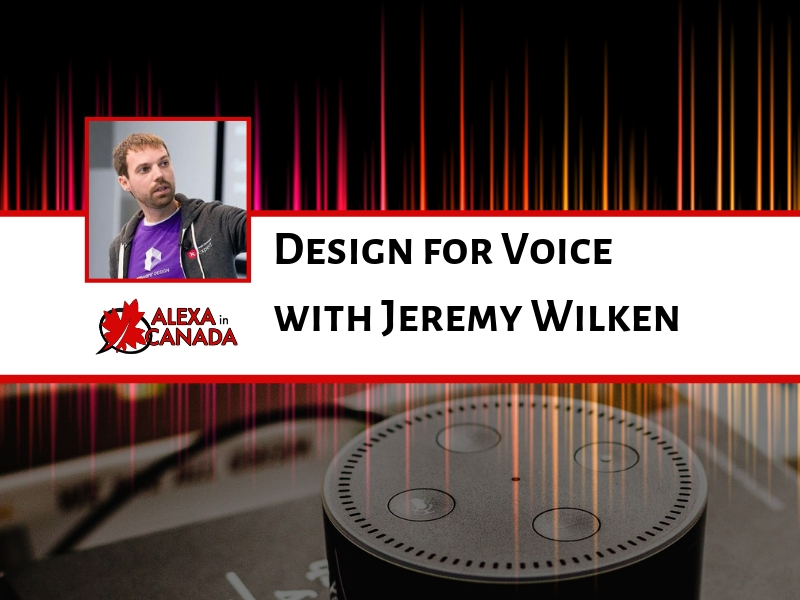



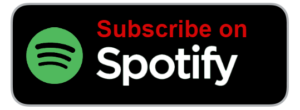

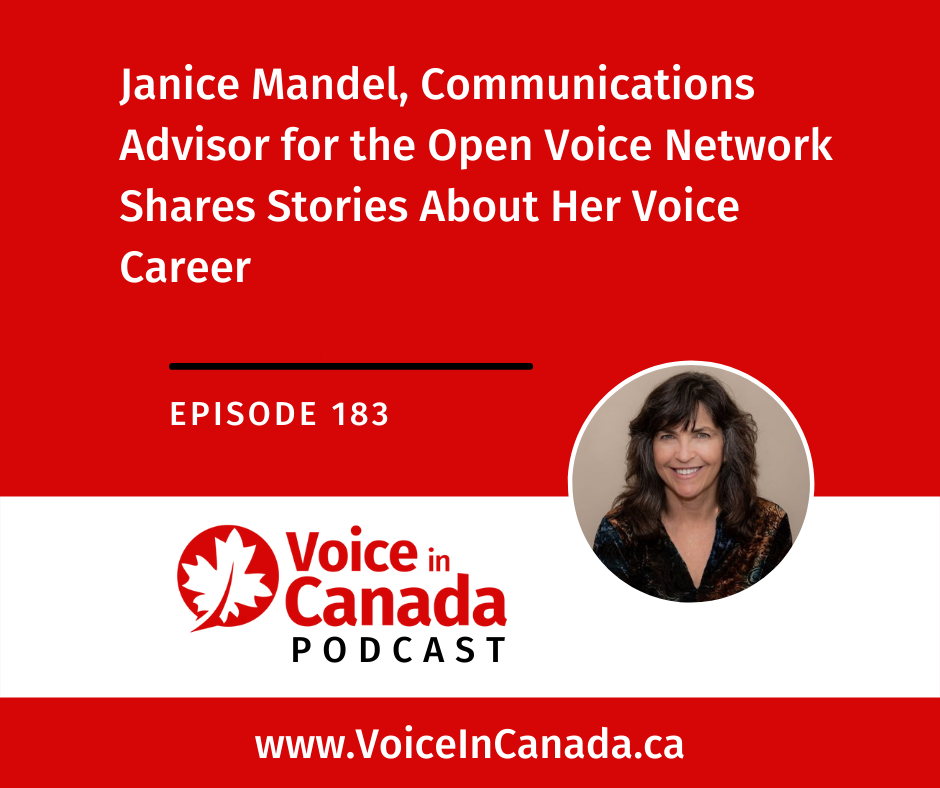


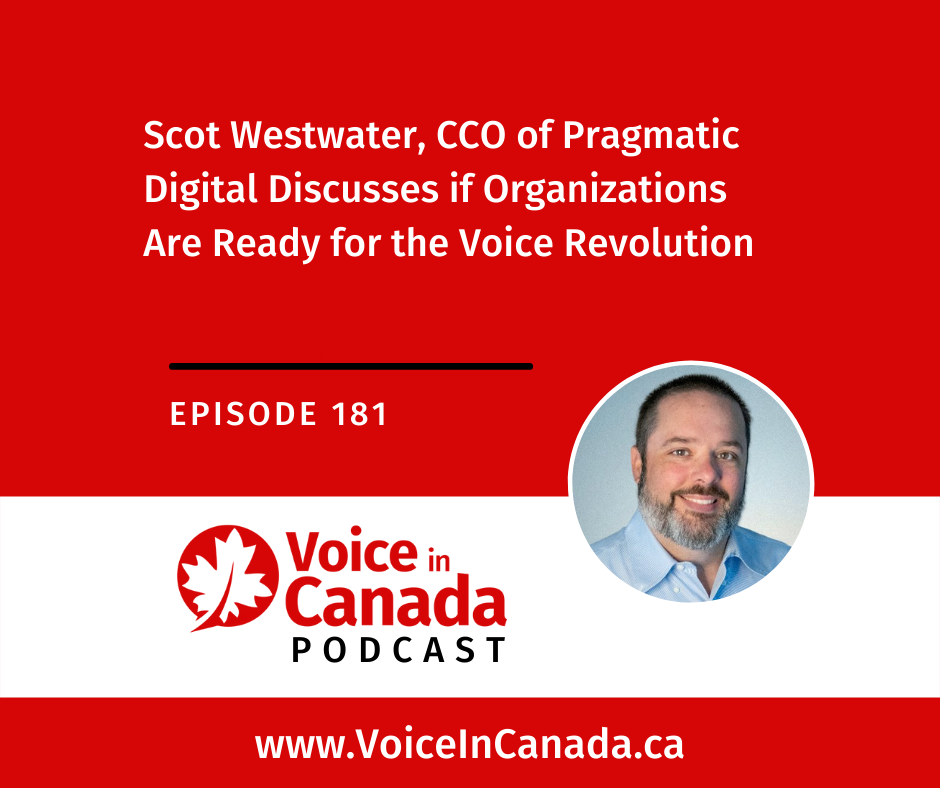

![Celene Osiecka of [24]7 on the Voice in Canada Podcast](https://voiceincanada.ca/wp-content/uploads/2021/10/Celene-Osiecka-of-247-on-the-Voice-in-Canada-Podcast-1.jpg)